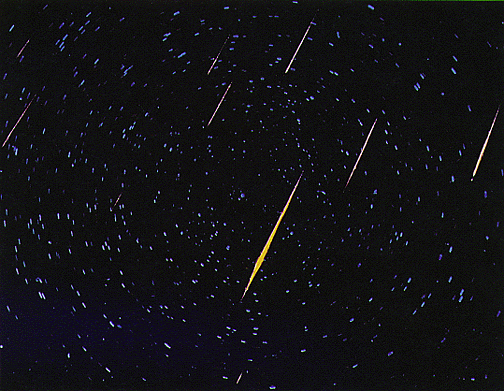 Here’s some incentive to wake up early or stay up past midnight -- a stunning meteor shower!
Here’s some incentive to wake up early or stay up past midnight -- a stunning meteor shower!
Between November 6th and 30th, you may have an opportunity to capture the Leonid meteor showers. The peak spectacle was last weekend, on November 17-18.
Meteors are formed from the dust and debris left behind by a comet. When our Earth crosses the path of this debris, the particles enter our Earth's atmosphere and burn up as they hurtle towards the ground at speeds of 44 miles per second. The larger pieces of dust particles can create spectacular and colorful fireballs that linger in the sky a little longer.
Meteor showers get their names from the constellations from which they emanate. The Leonids originate from the well-known constellation, Leo and form when our Earth crosses the debris of the comet Tempel-Tuttle.
Tempel-Tuttle, named after two astronomers who independently identified the comet, goes around our Sun approximately every 33 years. So, as you can imagine, the display will be the brightest in years that coincide with the comet's path. The last orbit was in 1997 and the comet is expected next in 2031.
This year's spectacle has been disappointing so far and it did not help that the moonlight also obstructed part of the sky. But you never know -- you just might get lucky and catch a falling star!
Sources: EarthSky, CNN






